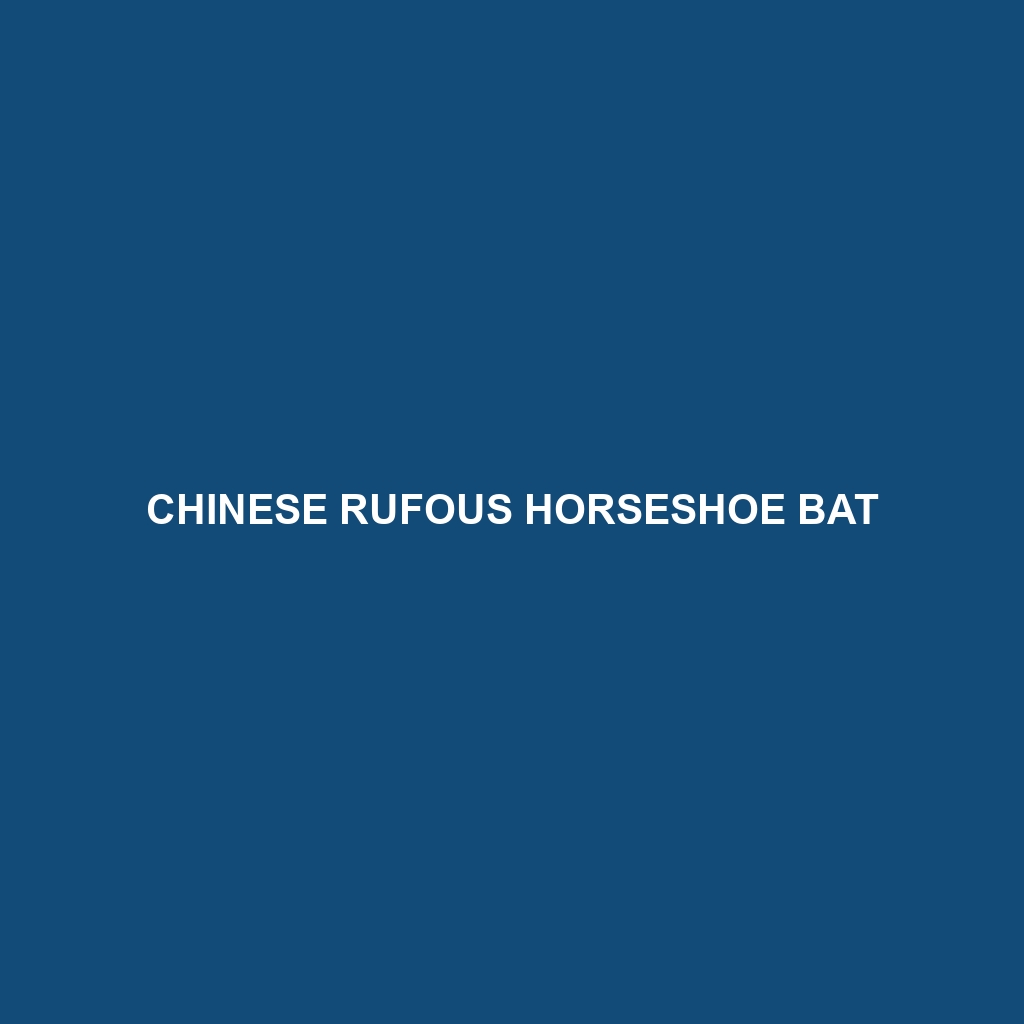Common Name: Bushveld Horseshoe Bat
Scientific Name:
Habitat:
The Bushveld Horseshoe Bat is primarily found in the warm and dry regions of southern Africa. Its natural habitat includes savannas, woodlands, and subtropical forests. These bats typically roost in tree hollows, rock crevices, and occasionally in human-made structures. Geographic locations where this species is prevalent include parts of South Africa, Botswana, and Zimbabwe, where the climate provides an ideal environment for their survival.
Physical Characteristics:
This species of bat exhibits distinctive features that set it apart from other bats. Adult Bushveld Horseshoe Bats typically measure between 6 to 9 cm in body length, with a wingspan reaching up to 28 cm. Their fur is usually a rich brown color, transitioning to lighter tones on their undersides. One of their most notable characteristics is the horseshoe-shaped nose leaf, which aids in echolocation, allowing them to navigate and hunt in their environment.
Behavior:
The Bushveld Horseshoe Bat is primarily nocturnal, emerging at dusk to forage for food. They are social creatures, often found in small colonies, and display a range of vocalizations used for communication. Their echolocation abilities are finely tuned, enabling them to locate prey with remarkable precision. During the day, these bats roost in colonies, huddled together to conserve heat.
Diet:
The diet of the Bushveld Horseshoe Bat consists mainly of insects, which they capture in flight using their echolocation skills. Common food sources include moths, beetles, and other nocturnal arthropods. Their feeding habits play a crucial role in controlling insect populations within their habitats, making them important to the local ecosystem.
Reproduction:
During the breeding season, which typically occurs in late summer, female Bushveld Horseshoe Bats give birth to one or two pups after a gestation period of approximately 60 days. The mother provides care until the young bats are capable of flying and foraging on their own, usually about a month after birth. Mating occurs during the fall and winter months, ensuring that pups are born when food is most abundant.
Conservation Status:
Currently, the Bushveld Horseshoe Bat is classified as vulnerable due to habitat loss and degradation, primarily caused by agricultural expansion and urban development. Conservation efforts are necessary to protect their habitats and ensure sustainable populations in the wild.
Interesting Facts:
One fascinating aspect of the Bushveld Horseshoe Bat is its ability to navigate through dense vegetation using advanced echolocation techniques. Unlike many bats, these animals can adjust their calls based on the surrounding environment, making them adept hunters. Additionally, they can live up to 15 years in the wild, which is relatively long for a bat species.
Role in Ecosystem:
The Bushveld Horseshoe Bat plays a vital role in its ecosystem as an insectivore. By controlling insect populations, they contribute to the balance of the ecosystem, promoting healthy plant growth and minimizing crop damage. Furthermore, their presence is an indicator of ecological health, as sensitive species often reflect the overall condition of their habitats.
